Yellowknife: new frontiers / Yellowknife
Pipe dreams
In the far north of Canada the frontier lifestyle is still alive and kicking – and nowhere more so than in Yellowknife. First they struck gold, then diamonds, and now there’s gas. But today those frontier folk are just as likely to be from Somalia.
Yellowknife – a two-hour flight north of Calgary – has always been a boom and bust town. Prospectors discovered gold here in 1933 and 19 mines operated within city limits until 1991. Only a few months after the gold dried up, Yellowknife struck diamonds. The diamond mines here are some of the richest “pipes” ever discovered and, in fewer than 10 years, have made Canada the third highest producer of diamonds in the world. Now, also positioned between oil and gas finds to the north and south, Yellowknife looks to be on the verge of scoring a resources hit yet again.
The town is a base camp for expedition teams, environmental scientists and engineers working on the four big diamond mines (Diavik, Ekati, Jericho and Snap Lake) as well as on oil sands projects further north in Nunavut. Its airport is one of Canada’s busiest because of the seaplane traffic (mines are by or beneath lakes) and flights are set to increase when construction of a natural gas pipeline – scheduled for 2009 – begins.
But this is only the start: industry officials estimate the region could yield as much as 175bn barrels of oil, making Canada second only to Saudi Arabia in crude oil reserves. And minerals – gold, cobalt, bismuth, and copper – offer numerous mining opportunities.
At first glance Yellowknife’s old town feels like a cheerful holiday destination. Colourfully painted cottages and ramshackle houseboats line the shores of Great Slave Lake. The sky is immense and the lake water clean enough to drink. Every truck has a red canoe tied to its roof and café menus serve caribou, musk ox and Arctic char. By early September, the three-week “autumn season” is over and Japanese tourists who come to see the Northern Lights take pictures of the firewood piled high on porches. But the stacked wood is not just for decoration, it is the main source of heat for most residents – the average temperature during the dark winters is minus 32c.
Houseboat owner Gary McDonald, who has lived in Yellowknife since 1968, working in the mines, driving taxis and shovelling snow, says: “This is a place where if you forget to put a candle in your car and you’re stuck on the road, you may not survive. People die on the lake every winter – they go through the ice. All a life jacket’s good for is to find your body.” So, yes, the frontier mentality is alive and well in Yellowknife. There is a grit and determination in the people attracted to such a place. There is also a great sense of possibility. Canadians are still willing to pack up their station wagons and drive for 30 hours in search of an opportunity – or even for a holiday. Canada’s immigrant communities are especially prepared to move for jobs. This combination has huge economic and social implications.

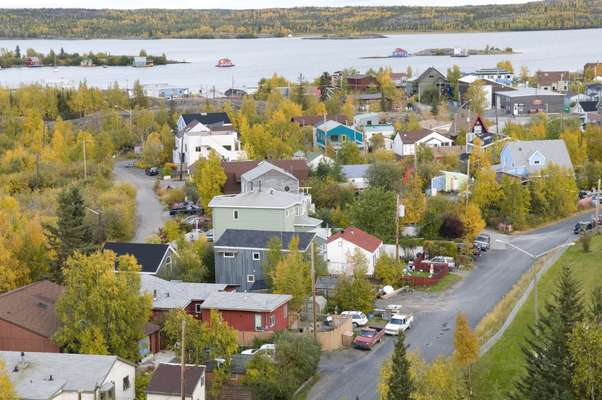


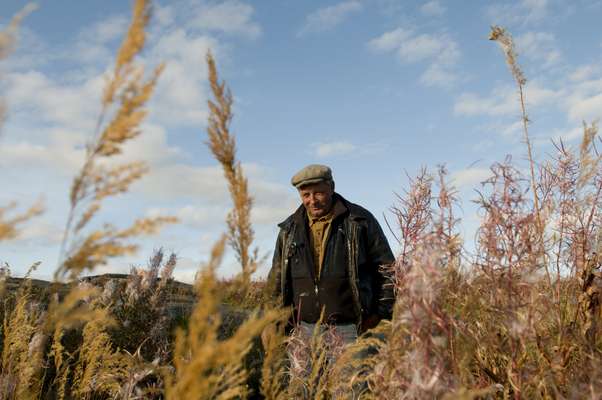
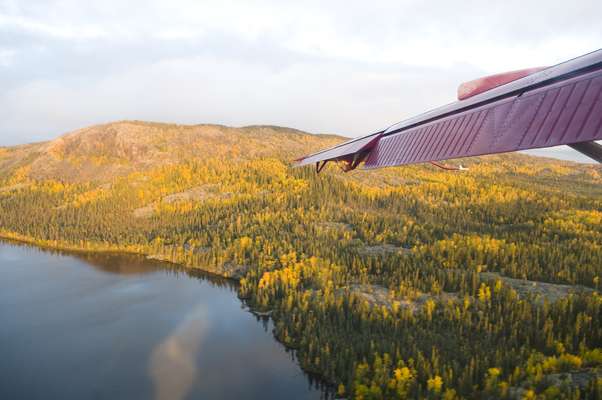
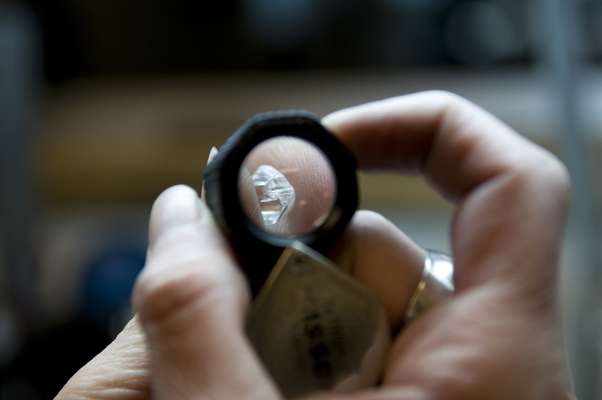
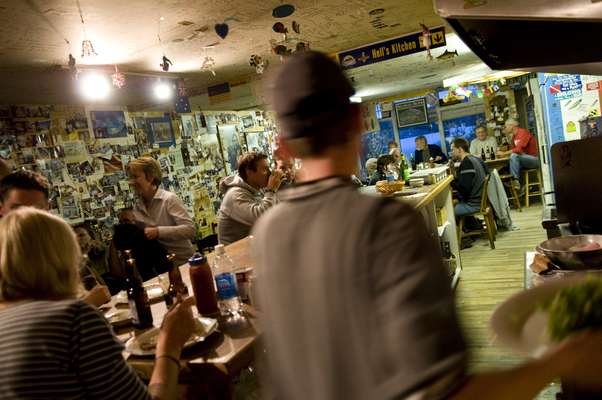
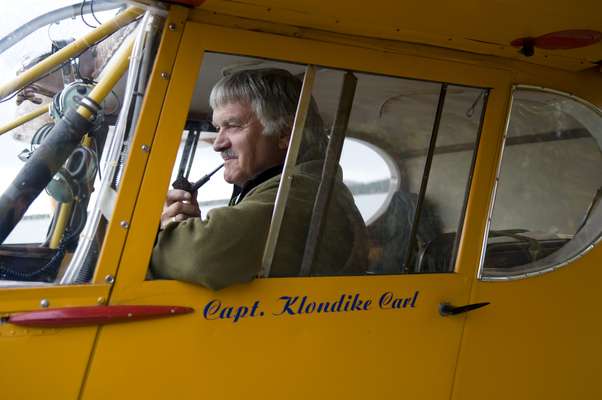
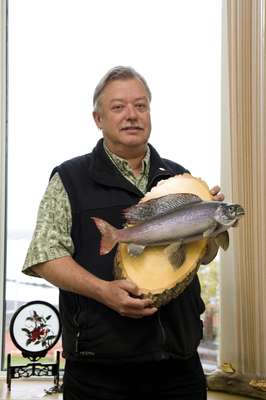
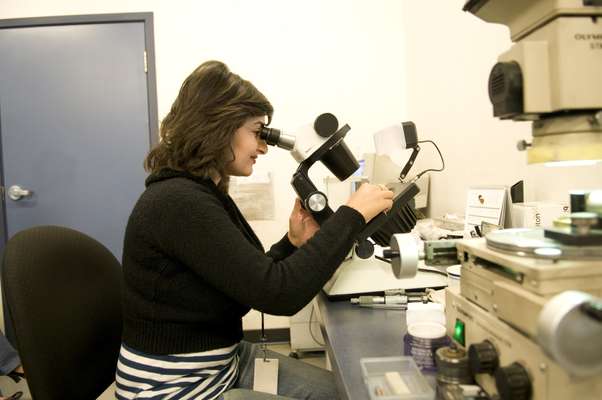
The minimum wage is €5.50 an hour in Yellowknife (compared to €5.60 in Quebec and €5.20 in British Columbia) and there are plenty of jobs in the mines, hospitals and now in the diamond business. The provincial government also offers “Northern allowances” to encourage people to move to the Northwest Territories (NWT). Yellowknife mayor Gordon Van Tighem says, “There are over 112 different ethnic origins in Yellowknife and 34 languages spoken. On Canada Day, this past 1 July, we swore in new citizens from 63 countries."
Of the 20,000 in Yellowknife (there are 42,000 people in the entire NWT), the largest group is aboriginals, mainly Dene Indians, then lots of Newfoundlanders and non-aboriginal Canadians, and then there are also large communities of Filipino, Chinese, Vietnamese, Armenians, Ukrainians and Somalis. “There is much more diversity in the last 10 to 15 years with the diamonds,” says Van Tighem. “With gold, it was a more boisterous rowdy crowd. But diamonds brought a more mature group of foreigners. The last decade has been more refined. There are not as many street brawls as we used to have.”
Chinese immigrant Jim Pon’s story is typical. He emigrated to Calgary from Hong Kong, where he worked in Chinese restaurants. One day a fortune-teller told him he must go north to make his fortune. At that time, in 1968, the government was giving away land in Yellowknife. He developed the land into office buildings and apartments and opened the Gold Range Café next door to the rowdy saloon, Gold Range Tavern.
Somali taxi driver Eliahi Ahmed came here 12 years ago because he heard there were jobs. “Now there are almost 60 of us here,” he says. Every day at midday prayers in the mosque – a yellow aluminum shed – the collection of white City Cabs makes the mosque look like a parking lot for the taxi company. Ozgur Oner arrived from Turkey as an immigrant with her former husband who worked in the mines. “I came as an engineer but took up photography here. I opened my first exhibition within three months. My ex-husband left but I think it’s a dreamland here.”
More recently, Yellowknife has started to attract younger, educated Canadians. CBC reporter Loren McGinnis moved to Yellowknife two years ago. “I loaded everything into my VW van and arrived in January with no job. It was really dark and wild. But Yellowknife has lots of young people – environmental professionals, tonnes of journalists. They come here to kick off their careers. Yellowknife is becoming more important to the rest of the country – and the world.”
Change is in the air for sure, but the spirit that founded Yellowknife can still be found every morning in the Gold Range Café where the prospectors meet to trade mining stories. Penelope Shaw, a local character who is known for her many quirks, one being that her houseboat is sinking, does reconnaissance prospecting for minerals. She points to one of her friends and says, “He has a dick so he’s a real prospector. They all think I don’t know anything. Truth is, I probably have a mine.”
But every one of them thinks that they have the next “big” mine. And inevitably some do hit big. Drew Williams, public affairs manager in the Department of Industry, Tourism & Investment in the NWT, says: “There was one guy I knew – he was always just a goofy old guy. Next thing you know he’s rich!”
Carl Clouter, a partner in Fortune Minerals, says, “No one could have predicted the diamond boom and suddenly everyone became an expert overnight.” The next boom, however, seems more predictable. “Yellowknife is the gateway to opportunity and will be even more so when they start construction on the pipeline,” says Williams. The bigger story to the diamonds is the $16bn natural gas project in NWT. But will Yellowknife be able to cope?
One of the biggest challenges for the town is housing. Trailer homes are selling for CAD$250,000 and the smallest starter house is $300,000. Loren McGinnis pays $1,200 a month for an 80 sq m apartment. “It’s as much as Toronto or Vancouver rent,” he says. The housing shortage doesn’t affect the mines too much as they build their own – complete with squash courts, satellite TV and wi-fi – and then fly workers up from Alberta and even Newfoundland. Miners do two-week shifts and make six-figure salaries working just six months out of the year.
But then infrastructure is the other big problem. Because Yellowknife and NWT is cut off from the rest of Canada by rivers and lakes, miners must rely on a ferry across the Mackenzie River to bring in supplies and equipment. But the ferry can’t operate regularly – in spring, with the ice breaking up, they lose three to four weeks and the ice road has a shorter lifespan due to warmer winters.
Michael McLeod, the minister of transportation for the NWT says, “We can go six weeks of having to bring things by air. There are plans now to build a bridge over the Mackenzie River, which has the potential to lower living costs by providing certainty of shipments.”
Only then will Yellowknife and NWT be ready for the natural gas boom. Van Tighem says, “The bridge is critical to Yellowknife’s future with the pipeline. And the pipeline is the vehicle to create a longer-term industry for Yellowknife. We need a life beyond the mines.”
Resource nationalism
Robin Goad, President of Fortune Minerals, who is developing the Nico Mine on Lou Lake north of Yellowknife, Northwest Territories
“It is becoming increasingly difficult to develop new mines overseas because of ‘resource nationalism’ which will contribute to future high commodity prices. Many countries are restricting foreign ownership of mineral projects. Or the political risk is just too great for major capital investments. Venezuela, Ecuador, China, Russia and the (not so) Democratic Republic of the Congo governments typically expropriate mines. Zambia has windfall mining taxes and mining development has stalled in Greece, Romania and Argentina due to environmental issues. Canada and the NWT is one of the few jurisdictions receptive to foreign ownership of their natural resources; where world-class deposits can still be discovered close to the surface.”


